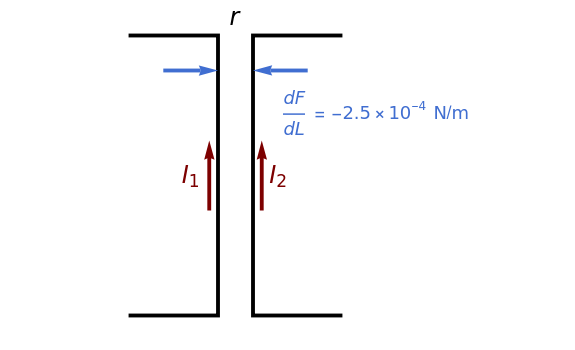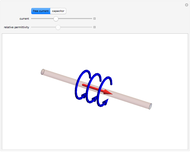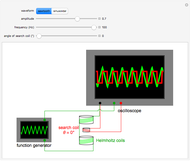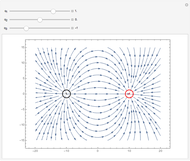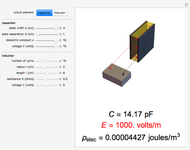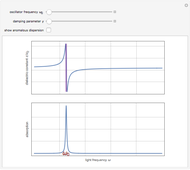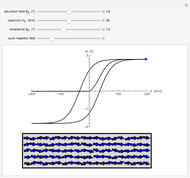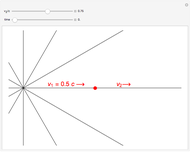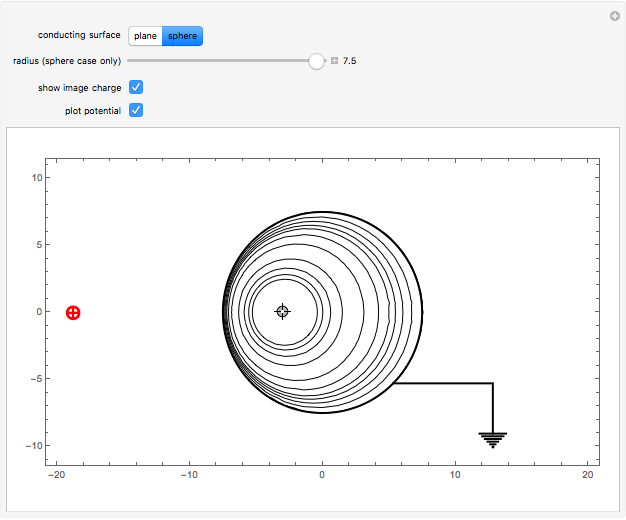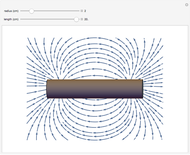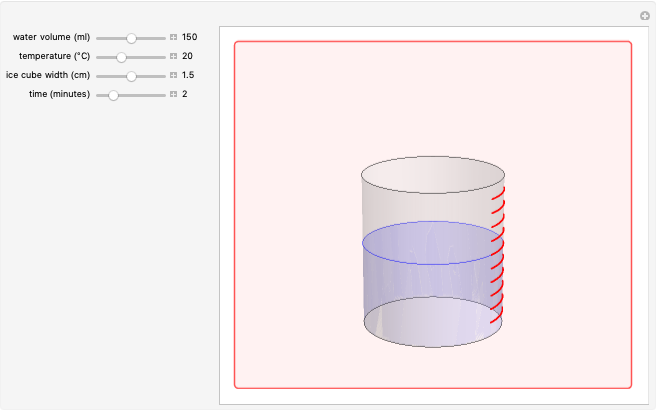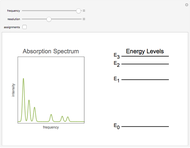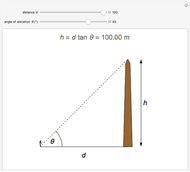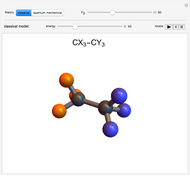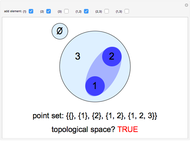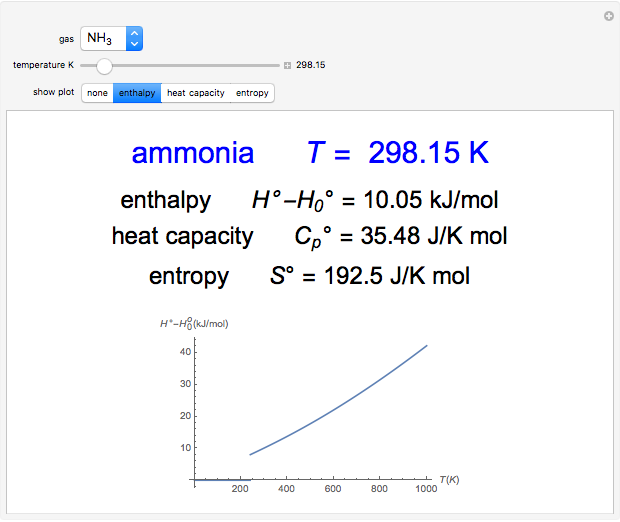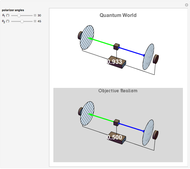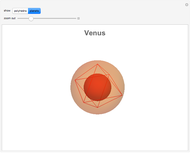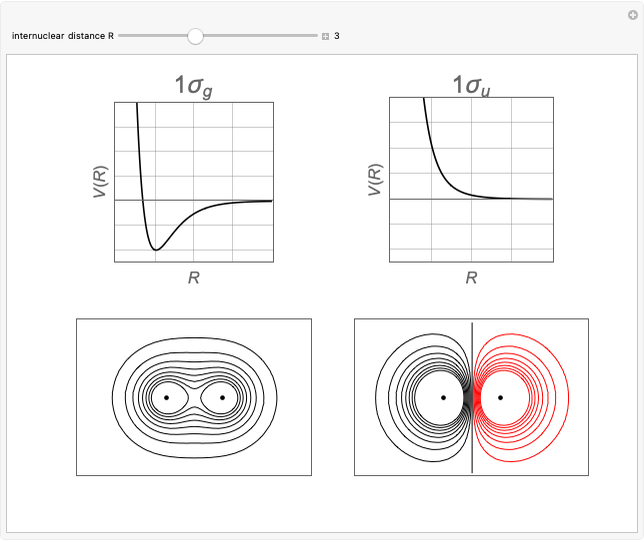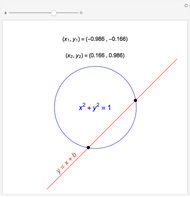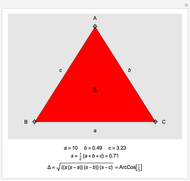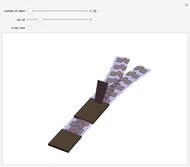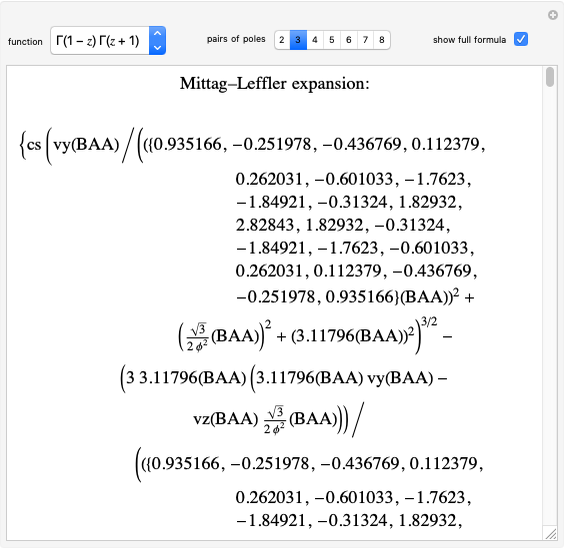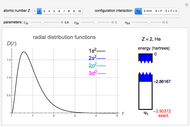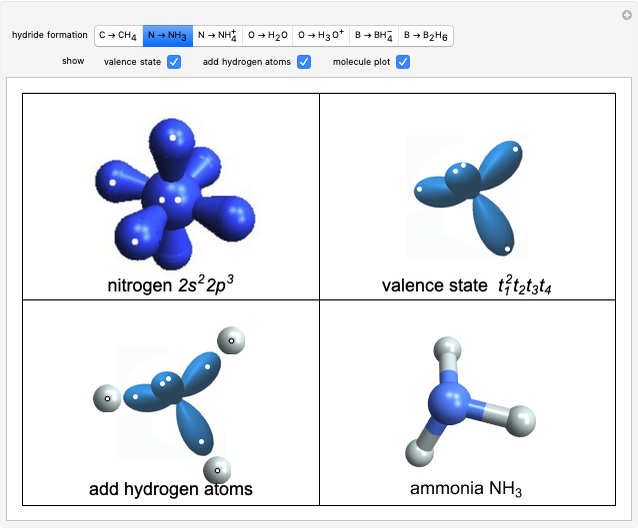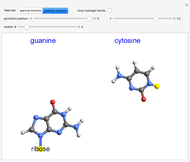Ampère's Force Law: Force between Parallel Currents

Requires a Wolfram Notebook System
Interact on desktop, mobile and cloud with the free Wolfram Player or other Wolfram Language products.
Ampère's force law for parallel currents can be regarded as an analog of Coulomb's law for charges. The force per unit length between two current elements separated by a distance  is given by
is given by  , where
, where  is the permeability of free space. In contrast to Coulomb's law, parallel current elements attract (signified by the minus sign) while opposing currents repel. The formal SI definition of the ampere is "the constant current which will produce an attractive force of
is the permeability of free space. In contrast to Coulomb's law, parallel current elements attract (signified by the minus sign) while opposing currents repel. The formal SI definition of the ampere is "the constant current which will produce an attractive force of  newtons per meter of length between two straight, parallel conductors of infinite length and negligible circular cross section placed one meter apart in a vacuum."
newtons per meter of length between two straight, parallel conductors of infinite length and negligible circular cross section placed one meter apart in a vacuum."
Contributed by: S. M. Blinder (March 2011)
Open content licensed under CC BY-NC-SA
Snapshots
Details
Ampère's force law is a consequence of the Lorentz force on the moving charge in each current element acted upon by the magnetic field produced by the other current element:  .
.
Reference
Wikipedia, "Ampère's Force Law," http://en.wikipedia.org/wiki/Ampère's_force_law.
Permanent Citation
